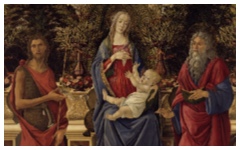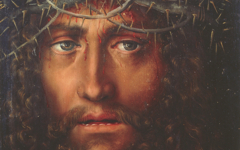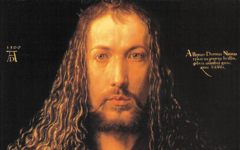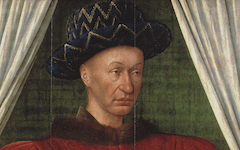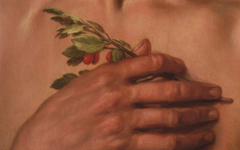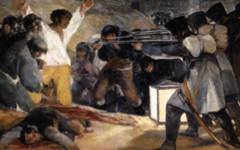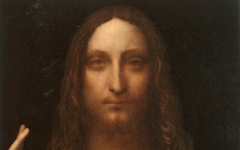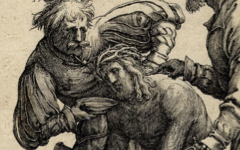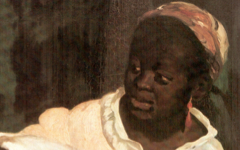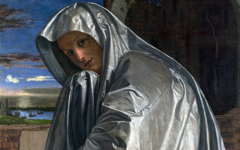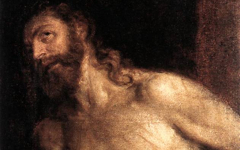Artist as Christ
The male artist portaying himself as Christ or God is a difficult subject to explain to fundamentalists at both ends of the religious spectrum, either those who believe in the literal truth of the New Testament or those atheists whose faith in science and limited knowledge of religion makes them reject spiritual truth and experience of any kind. Yet it cannot be doubted that many people do have mystical visions leading to a sense of enlightenment. They seem to occur as frequently among creative people as those with a religious frame-of-mind. A psychiatrist who has studied the phenomenon writes:
“Poets, philosophers and creative men in general have long associated the wonders of creative insights with the Divine. In view of this connection, it is not surprising that peaks of creative inspiration and religious revelation are psychologically similar. Mystical experiences in every religion in every people are expressed in similar language and the great creators have described their creative moments in almost identical terms whether they be chemists, poets, mathematicians, musicians or painters….At such high moments, the psychology of religion and the psychology of creativity become indistinguishable.”{ref1}
Most Recent Articles
Many were scandalized by this painting in the 1990's yet still missed the "real" scandal!
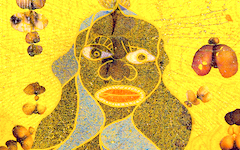
Ofili’s The Holy Virgin Mary (1996)
All Articles (Alphabetical by Artist, then Title)
Remember a few general principles and you will find that the art of understanding art is much easier than you might magine
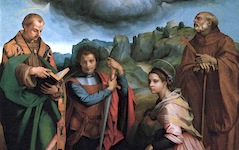
Andrea Del Sarto’s Madonna in Gloria (1530)
Make sure you always know an artist's real name, the one the artist actually used. It's a very useful tool for interpretation.
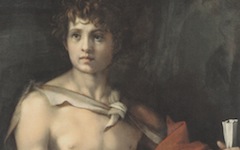
Andrea Del Sarto’s St John the Baptist (c.1523)
Even anonymous art can be enjoyed through EPPH's methodology
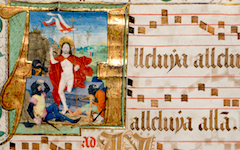
Anonymous Antiphony from Lausanne (c.1485-90)
Why would a German pacifist like Anselm Kiefer use a Nazi salute as one of his signature gestures?
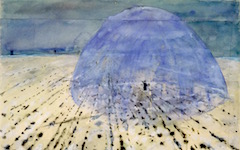
Anselm Kiefer’s Everyone Stands Under His Own Dome of Heaven (1970)
See how Giovanni Bellini used a visual pun to pass on his meaning
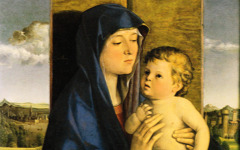
Bellini’s Madonna of the Pear (c.1485)
Find out how a giant Renaissance altarpiece is all about painting
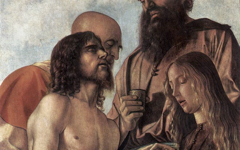
Bellini’s Pesaro Altarpiece (c. 1471/4)
Find out how even Cézanne incorporated a mystical Christian view of life into his art
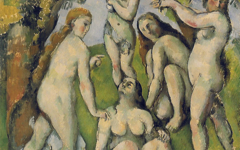
Cézanne’s Five Bathers (1885-7)
An excellent example of the invisible mirror in art
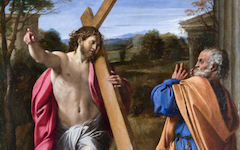
Carracci’s Christ appearing to St Peter on the Appian Way (1601-02)
Cranach saw a resemblance in someone else's work and made it his own, a common practice in poetic art
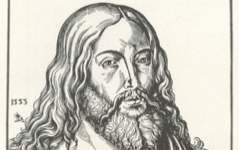
Cranach’s Form of the Body of ...Jesus (1553)
St. Veronica’s veil was the cloth with which she wiped Christ’s face after his death and on which the imprint of his face was left. The cloth with its miraculous image is here held by the angel as though it is being blown by the wind.
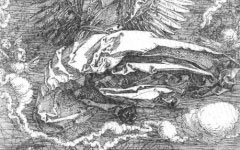
Dürer’s Angel with the Sudarium (1516)
Discover how two of Dürer's images are based on his own profile
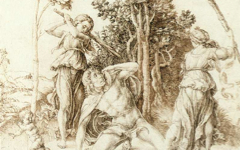
Dürer’s Death of Orpheus (1494) and Descent into Limbo (1510)
See how Durer shaped the Virgin and Child into the form of his own monogram
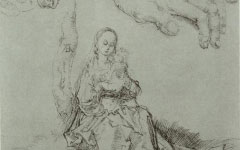
Dürer’s Virgin and Child (c.1491)
One of the easiest ways to find unseen features in paintings is to look for the artist's initials. Daumier included them more than most.
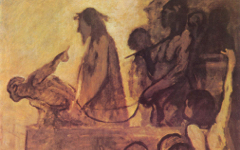
Daumier’s Ecce Homo (c.1849-52)
Watch El Greco's thought process over a series of paintings
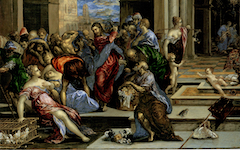
El Greco’s Purification of the Temple (c.1570-1610)
For artists St Veronica is a very significant saint. She "painted" Christ.
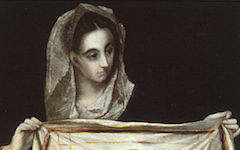
El Greco’s Saint Veronica (c.1580)
Ordinary subjects produce extraordinary content
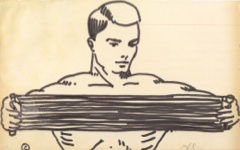
Lichtenstein’s Untitled or Man with Chest Expander (c.1961)
Art scholars have sometimes wondered why the execution squad in Manet's Execution of Emperor Maximillian are so unrealistically close to their target. Indeed, on close inspection, their rifles are aimed as though they would miss.
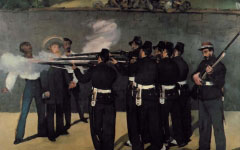
Manet’s Execution of Emperor Maximillian (1867-8)
Durer's 1500 self-portrait as Christ is considered most unusual. He was not alone.

Mantegna’s Ecce Homo (c.1500)
How to recognize the Madonna and Child as a symbol of the artist
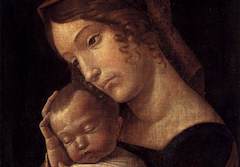
Mantegna’s Madonna with Sleeping Child (c.1465-70)
In this 1490 version of Saint Sebastian in the Ca' d'Oro, Venice, Saint Sebastian has one leg in the "picture", so to speak, framed by the marble, with the other stepping forward out of it into our space.
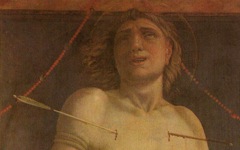
Mantegna’s Saint Sebastian (1490)
Look for the eyes. Then the face. Never forget to look for them because you can find them anywhere in art.
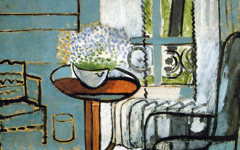
Matisse’s The Window (1916)
An early example of how art is a guide to what we now call "self-knowledge".
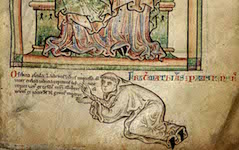
Matthew Paris’ Virgin and Child with Artist Kneeling (c.1250)
Find out what the studio and Golgotha have in common
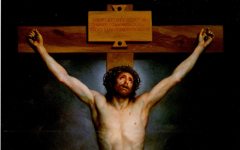
Mengs’ Christ on the Cross (1761-9), Goya’s and Francis Bacon’s too
Always look for what is odd. It's often there where you'll find a breakthrough in meaning
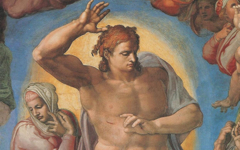
Michelangelo’s Christ in the Last Judgment (1534-41)
See why Jonah is the most important figure in the chapel
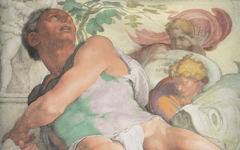
Michelangelo’s Sistine Ceiling: Jonah (1512)
Many were scandalized by this painting in the 1990's yet still missed the "real" scandal!

Ofili’s The Holy Virgin Mary (1996)
Find out why so many of Perugino's faces look alike
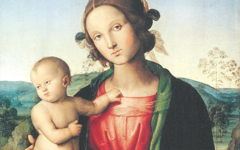
Perugino’s Madonna and Child (n.d.) and Mary Magdalene (1500)
How a seated harlequin is so much more than a seated harlequin
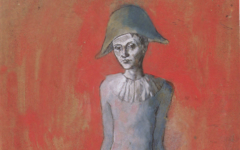
Picasso’s Seated Harlequin with Red Background (1905)
Yet more evidence that the adolescent Picasso understood the self-referential paradigm of art
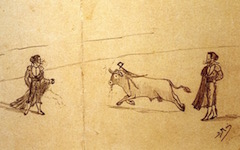
Picasso’s The Last Bull (1892)
A resurrection by its very name suggests two realities: the old and the new, the illusory and the real.
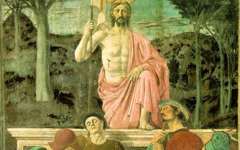
Piero della Francesca’s Resurrection (c.1458)
See the miraculous head of Christ in Poussin's painting that no-one but artists has ever noted. The painting is up for sale next week with an estimate of $30 million.
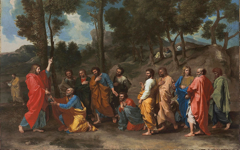
Poussin’s Ordination (1640’s)
Sometimes the most difficult features to see in art are the most obvious
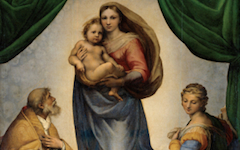
Raphael’s Sistine Madonna, Part 1 (1512)
See the sight which changes the meaning of all Rembrandt's art: Rembrandt is Christ
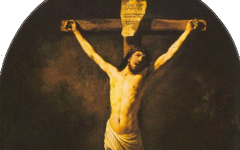
Rembrandt’s Crucifixion (1631)
It can be difficult to explain why Rembrandt portrayed himself as a beggar. Here's what I think...

Rembrandt’s Self-portrait as A Beggar Seated on a Bank (1630)
If you didn't know that EPPH, you would never understand this image….nor would anyone else.
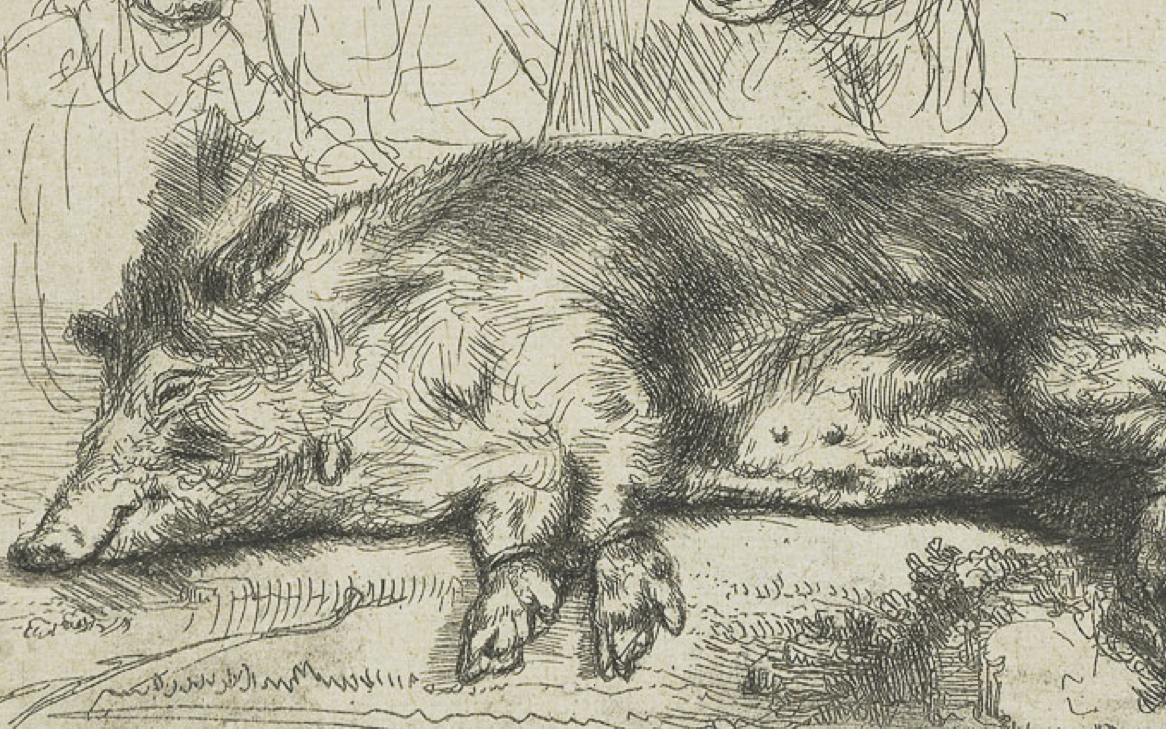
Rembrandt’s The Hog (1643)
The Inner Tradition as practised by a Catholic artist....
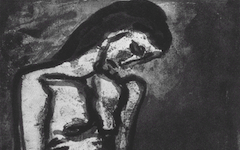
Rouault’s Miserere: Eternally Scourged (1922)
How even in the 15th century an artist thought of himself as Christ...and said so.
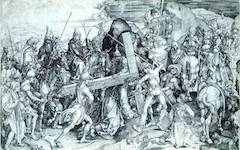
Schongauer’s Christ Carrying the Cross (c.1475)
It is impossible to exaggerate the importance of how Renaissance artists identified with God. Both pervasive and unknown, the idea needs emphasizing to demonstrate its near-ubiquity. Here is yet one more example by Titian.
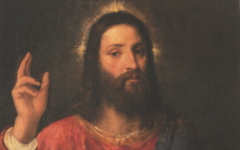
Titian’s Christ Blessing (c.1560)
Even in the remaining fragment of a much larger canvas there is still much to see

Titian’s Noli Me Tangere fragment (1553-4)
© Simon Abrahams. Articles on this site are the copyright of Simon Abrahams. To use copyrighted material in print or other media for purposes beyond 'fair use', you must obtain permission from the copyright owner. Websites may link to this page without permission (please do) but may not reproduce the material on their own site without crediting Simon Abrahams and EPPH.

